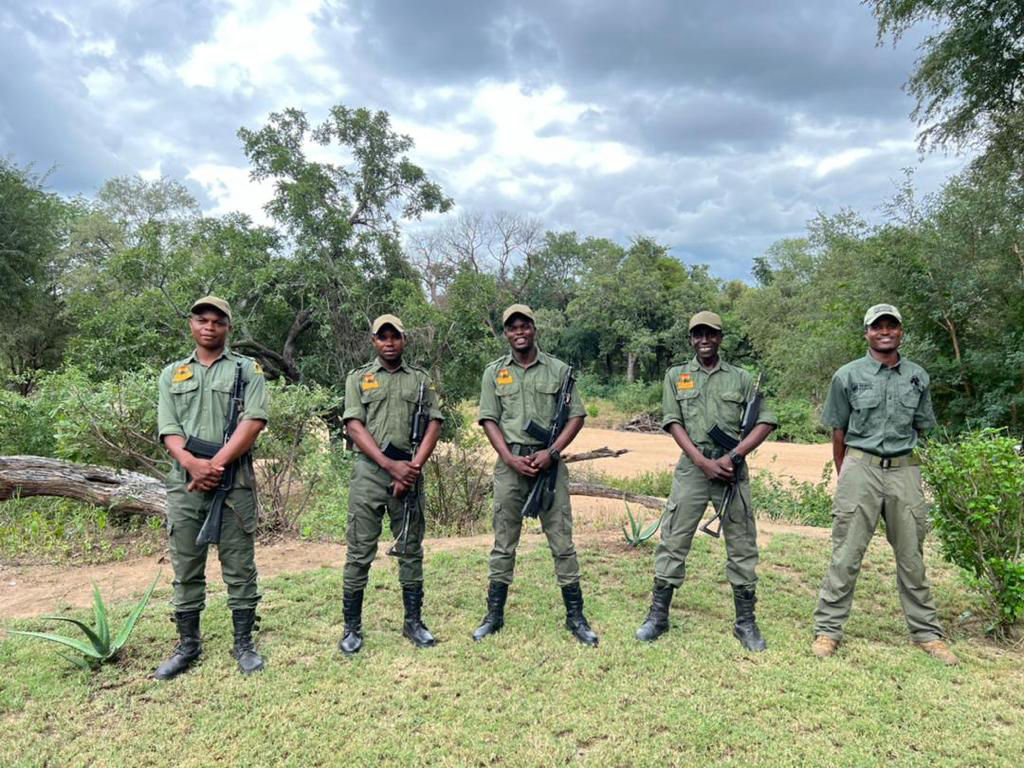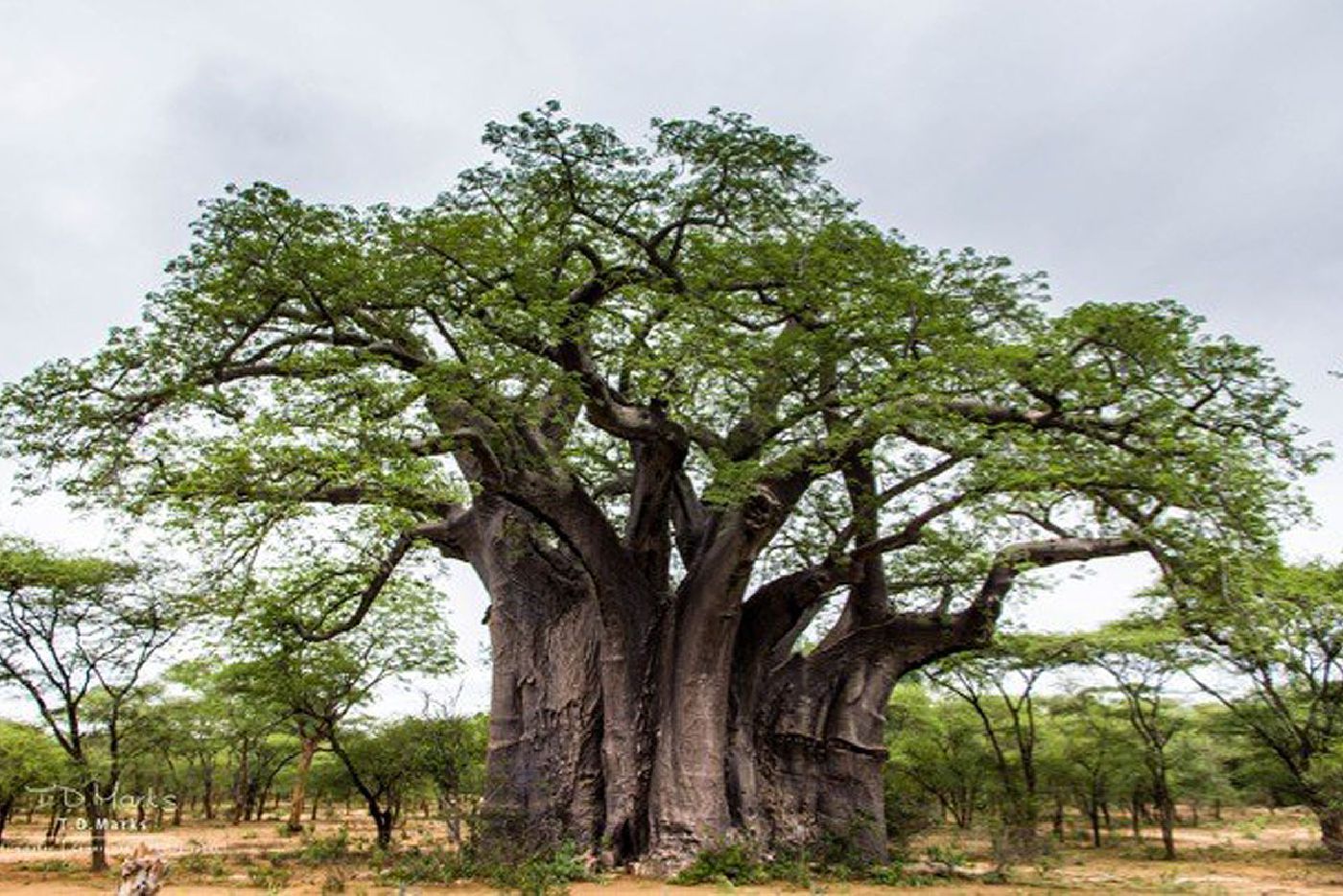
Up until the 20th Century, Africa’s wildlife had virtually unlimited spaces over which to roam and animals moved seasonally, allowing them access to fresh food and water and preventing overuse of natural resources in any particular area. Nature preserved a balance between various species and food resources. Today, to separate wild animals from ever-increasing human populations, wildlife is mostly restricted by fenced boundaries of national parks and private reserves. Within these areas, wildlife managers must intervene to maintain the balances that vast spaces and nature once provided.

Surveys and monitoring
The Savé Valley Conservancy conducts annual aerial surveys and road strip counts which are used to determine trends, spatial distribution and social organization of large herbivore populations. The surveys act as important references as a guideline for management decisions. Aerial surveys depict populations of large herbivore species and the trends thereof. Individual ranches keep records of annual rainfall which can vary significantly across the Conservancy, and monitor the state of vegetation—grasses, browse, tree cover, and soil conditions.Our broad objectives are to protect endangered species and preserve the diversity of wildlife and habitats that can be destroyed if not monitored and managed. We have a volunteer group of ecologists and wildlife specialists who serve as a Technical Advisory Committee (TAC) and they help us keep abreast of new research and evolving best demonstrated wildlife management practices. We also work closely with the staff ecologists of the Zimbabwe Parks and Wildlife Management Authority.
The Savé Valley Conservancy has engaged the services of the Anti-Poaching Tracking Specialists (ATS) organisation, whose focus is on rhino protection, anti-poaching, and anti-trafficking to provide management oversight of its Special Species Protection Unit (SSPU). The ATS team includes rhino monitors who conduct biological monitoring and auditing of our rhino population in addition they also provide a specialist K9 (Dog) Unit. Their managerial oversight of the SSPU ensures that the SVC’s Special Species, including its all-important Rhino population are protected.
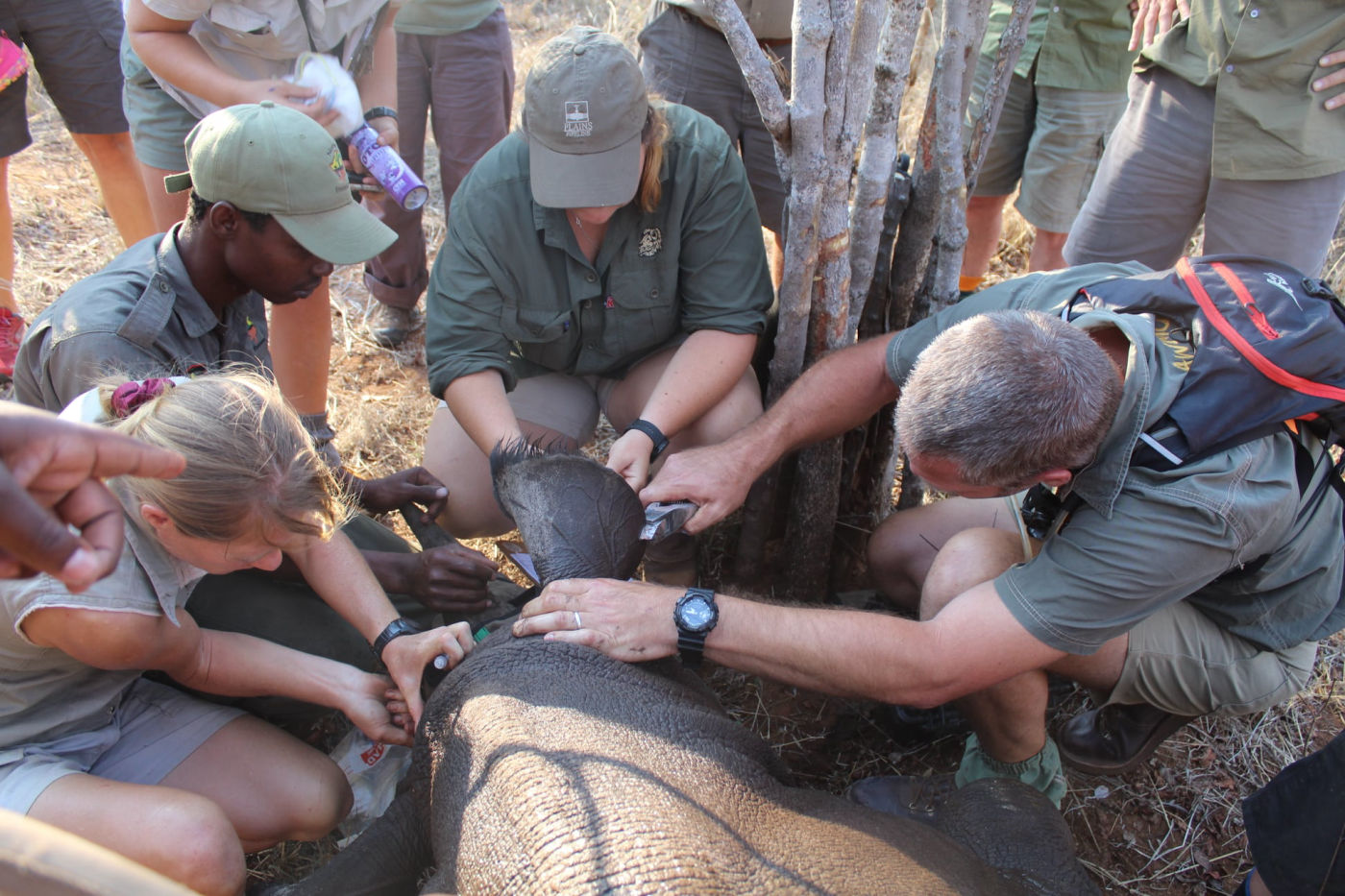
Within this context of monitoring and applied science, management plans are put in place and revised as necessary to prevent imbalances in species mix and the degredation of natural resources. Offtake quotas are carefully set, animals are relocated to open, protected spaces within and outside the Conservancy, and water points are relocated away from degraded areas to reduce feeding pressure. Smaller animals are monitored through road strip counts.
An annual predator spoor count is conducted by an independent organisation namely African Wildlife Conservation Fund (AWCF)African wild dogs naturally recolonised Zimbabwe’s Savé Valley Conservancy in 1992. Shortly thereafter, the Lowveld Wild Dog Project (LWDP) was formed, which began in 1996 as the PhD of Dr Alistair Pole. The LWDP monitored, safe-guarded and strengthened a vulnerable population of just 36 wild dogs in Savé Valley Conservancy. A few dedicated conservation scientists then strived to continue the work of the LWDP and established the African Wildlife Conservation Fund (AWCF) as a way to channel attention and funding to on-the-ground wildlife conservation efforts in south-east Zimbabwe. The AWCF was officially formed in 2005.
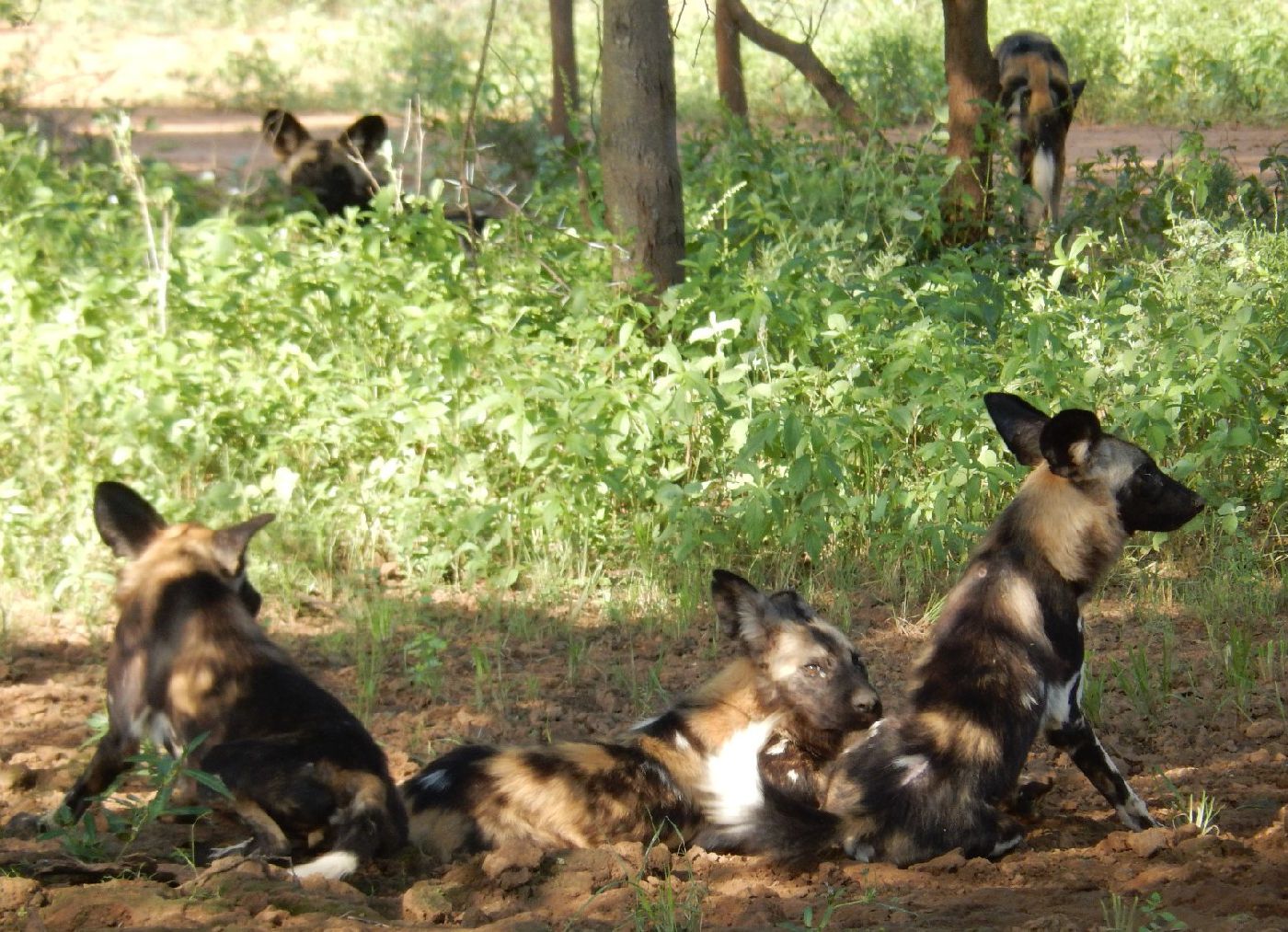
Although AWCF works to conserve all large carnivores, their prey and their habitats, due to its origin and the fact that the African wild dog is the most endangered carnivore in southern Africa, this species has been a major focus of their conservation efforts.
We work in partnership with the AWCF and support their field conservation efforts and education and outreach initiatives. Zimbabwe is one of only eight countries left in Africa supporting viable populations of wild dogs, and the Zimbabwean Lowveld (including Savé Valley Conservancy) supports the largest population in the country!
Wildlife poaching is a continuous, growing, and evolving threat. Once, our largest poaching problem was from subsistence poachers: individuals or small groups who hunted animals for meat to feed their families with snares and dogs, armed only with spears and bows and arrows. This form of poaching is counteracted by teams of game scouts employed by individual ranches. These poachers are still active, and our ranch scout level, in total, remains at around 200 scouts.
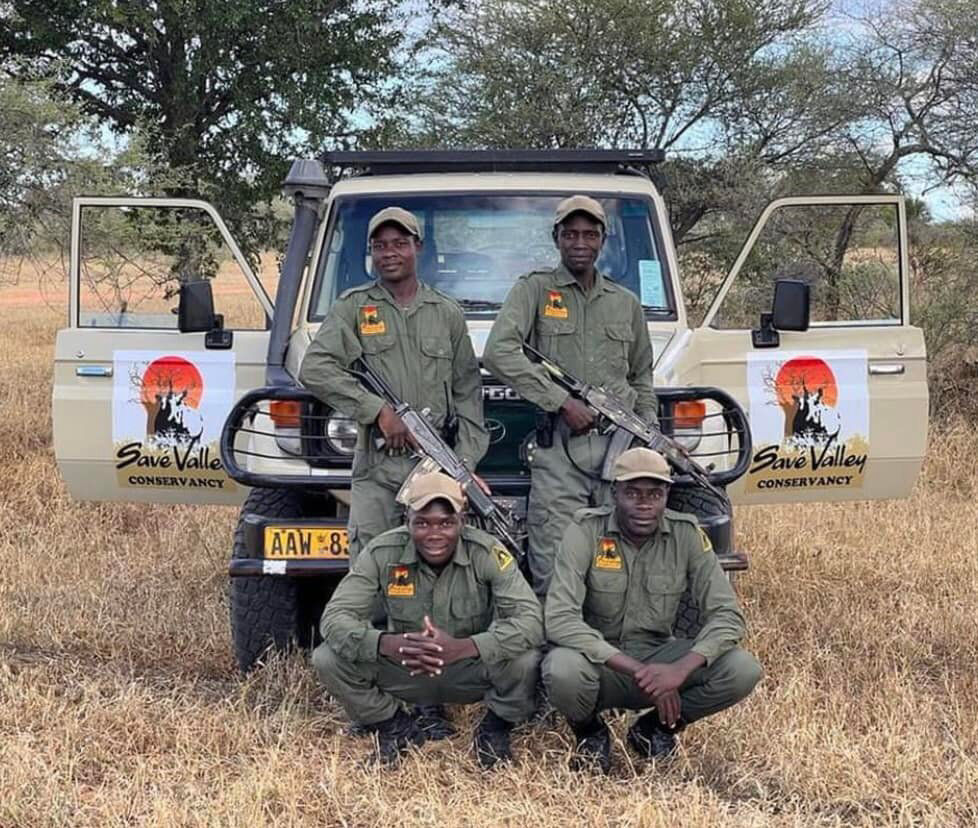
But increasingly, the greater threat is posed by organized gangs of meat poachers that operate regionally and nationally, and especially by organized elephant and rhino poachers. Elephant and rhinos are poached for their tusks and horns by teams of poachers armed with high powered rifles, equipped with radios and GPS units, and fielded by criminal organizations that have broad financial and marketing networks. To counter this threat, the SVC maintains a highly trained, well armed and equipped team of over 30 rangers. These men constitute the Special Species Protection Unit (SSPU) which operates both independently and in conjunction with ranch scouts to combat the threat. The SSPU is largely funded by donor organizations including the Save African Rhino Foundation, African Wildlife Foundation, and Tusk. Two pairs of Belgian Malanois tracking dogs have recently been donated to the SSPU by the North Star Foundation who continue to fund the dog section.
